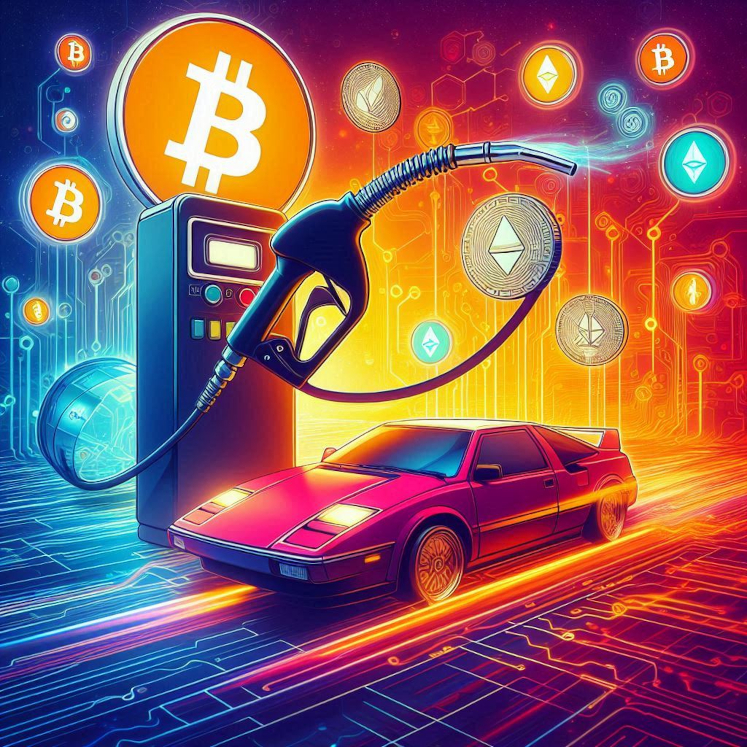
Gas Fees in Crypto
If you’re looking to buy cryptocurrency or meme coins on a decentralized exchange (DEX), gas fees and native tokens are two concepts you need to understand. Every blockchain operates with its own native token, which is required to pay for gas fees. Unlike centralized exchanges (CEXs), where transaction costs are often hidden or handled automatically, DEX users must pay gas fees directly.
What is Gas?
Gas, in simple terms, is what powers a blockchain. Anytime you make a transaction, you’re relying on the computing power of individuals or entities that keep the network running. These independent operators are compensated with the blockchain’s native token for their work. So whether you’re buying, selling, or transferring funds in decentralized finance (DeFi) on a DEX, you’ll need to pay a fee.
Some blockchains are more expensive than others when it comes to transaction fees. For example, Ethereum is known for high gas fees. Sometimes Ethereum gas fees have been as high as $40.00 when making a single trade on a DEX like Uniswap.
Real-World Example: Funding Your Wallet With the Native Token
Imagine you’ve found an exciting meme coin on the Solana blockchain. To buy it, you’ll first need to set up a Solana-compatible wallet, such as Phantom Wallet, and fund it with SOL. This amount should include both your planned investment and a little extra SOL to cover gas fees for transactions. Solana’s fees are relatively low, so even a few dollars of SOL will usually get the job done.
Let’s now say the coin is on Ethereum instead. In that case, you’ll need significantly more ETH to cover gas fees since Ethereum’s fees can be much higher. It’s always wise to overestimate your gas needs. Running out of gas during a trade can be a nightmare. Imagine watching a coin go parabolic, only to realize you can’t sell because you don’t have enough ETH to complete the transaction. By the time you fund your wallet, the price might tank to new lows. This happens all the time. I see people every day in online crypto communities begging for gas money. Some of them are just beggars/scammers but many are real and trapped onchain with no way to sell or transfer to an off-ramp.
What Are Native Tokens?
A native token is the main cryptocurrency of a blockchain. It serves multiple purposes, from securing the network to validating transactions and even supporting governance functions in some cases.
Native tokens are also required to pay for gas fees. Here are a few examples of native tokens on different chains:
- CRO is the native token of the Cronos blockchain.
- ETH powers the Ethereum blockchain.
- SOL is the native token used on Solana.
Without the blockchain’s native token, you can’t make transactions or interact with decentralized apps (dApps) running on the network.
What are Gas Fees?
Gas fees are payments made to blockchain validators or miners who process and verify transactions. These fees, paid in the blockchain’s native token, keep the network functioning. Gas fees vary depending on the blockchain and other factors like network congestion or transaction complexity.
Research and Plan Ahead
Before making a trade, take time to research the blockchain hosting your desired coin. Websites like CoinGecko can help you figure out which blockchain the coin is on and what its native token is. Simply type the coin’s name or ticker into the search bar and check the “info” section for details.
Once you have that information, make sure to fund your wallet with the correct native token. Also, confirm that the wallet you choose is compatible with the blockchain in question. DO NOT forget to leave enough native tokens behind or you won’t be able to sell later.
S Taylor is a crypto trader with five years of experience, having navigated a wide range of market dynamics and witnessed numerous scams firsthand. As a former victim of scams, S Taylor turned their focus to blockchain forensics and Solidity Smart Contract development, gaining deep technical expertise in the field. With a unique insider’s perspective, they’ve been involved in various crypto projects, where they’ve seen how developers can exploit vulnerable investors.
S Taylor is also the published author of Meme Coins Made Easy, a comprehensive guide that teaches beginners about cryptocurrency and how to identify and avoid common scams. S Taylor is dedicated to sharing valuable insights and helping the crypto community stay informed and safe.
Disclaimer: This article is for informational purposes only and should not be considered legal, tax, investment, or financial advice.
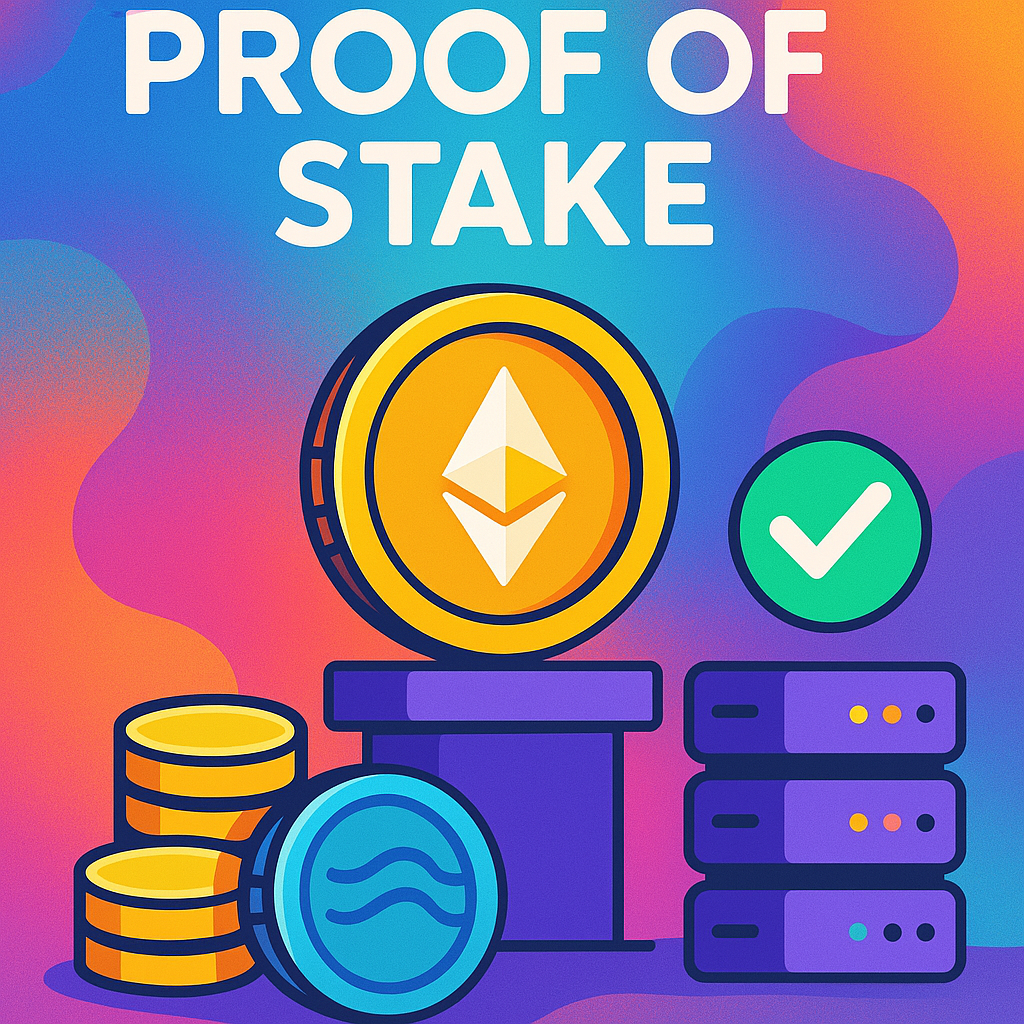
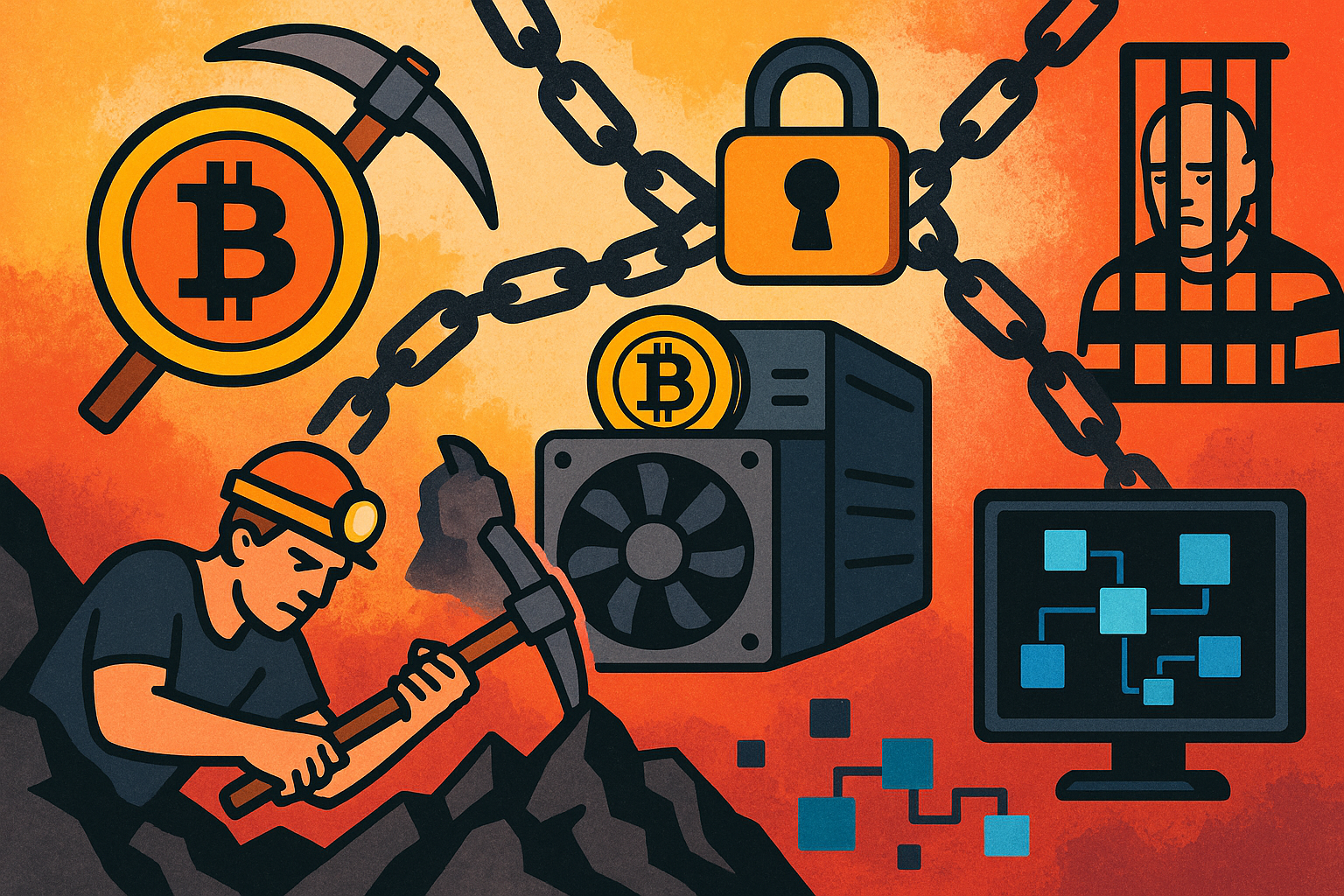
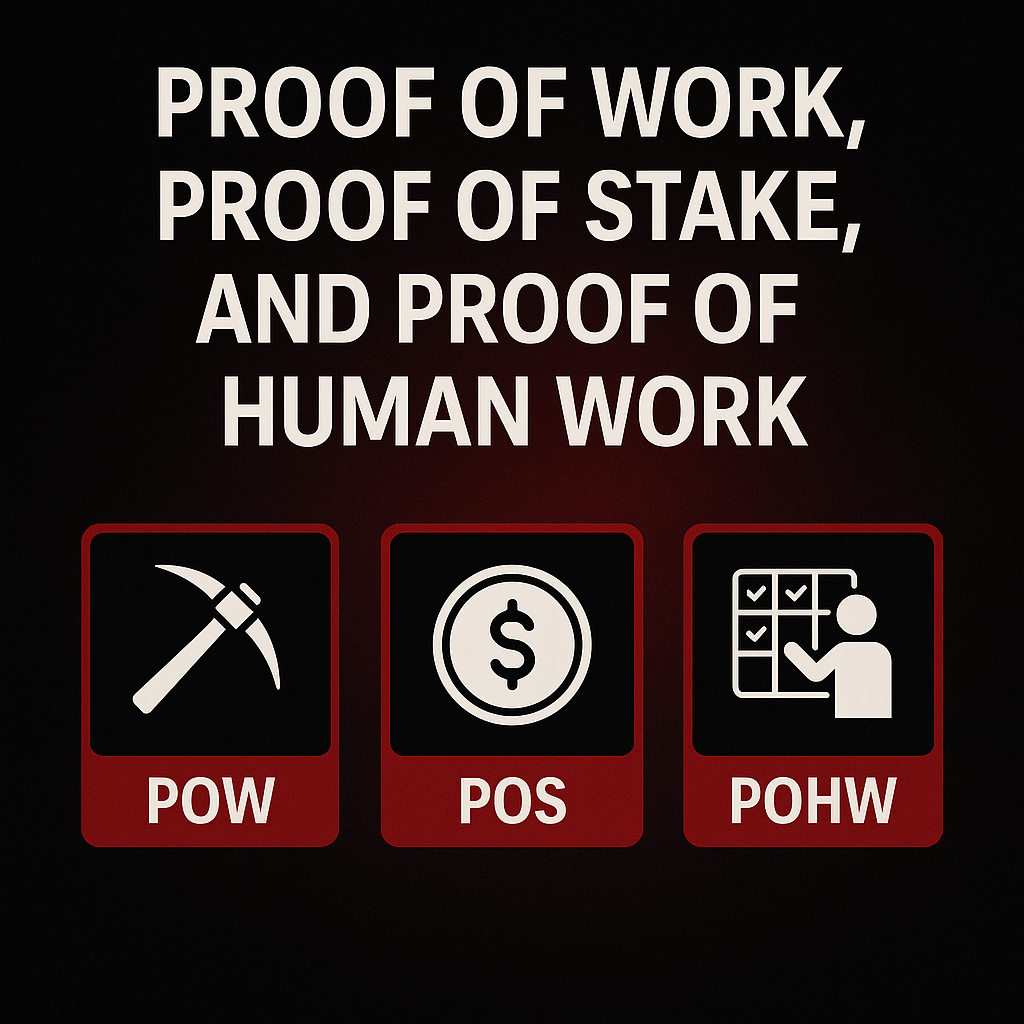
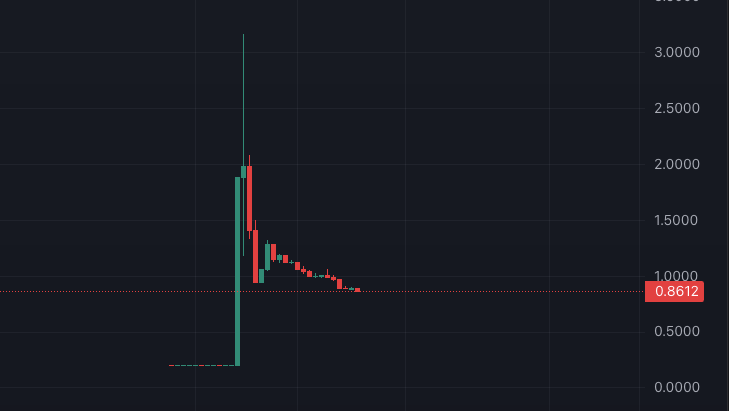



1 thought on “Gas Fees and Native Tokens”
Comments are closed.